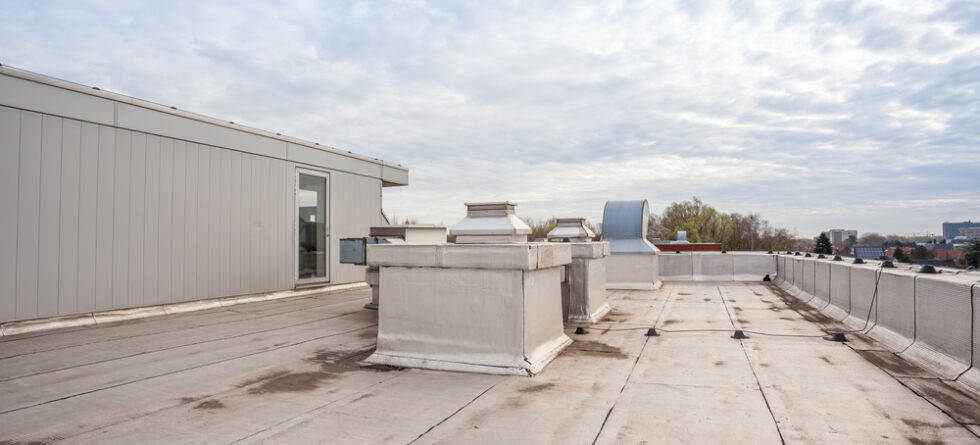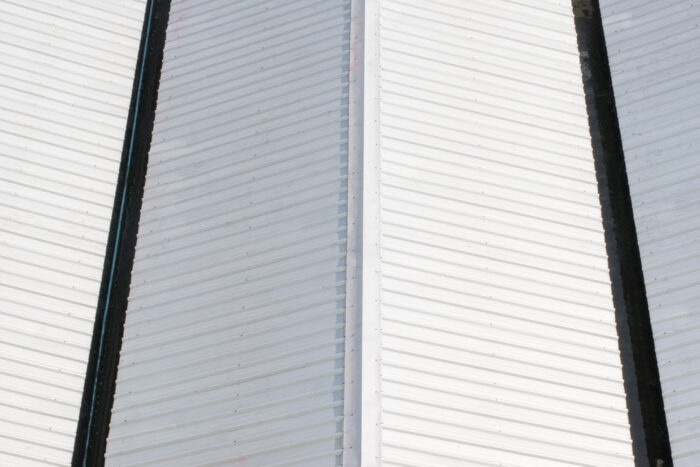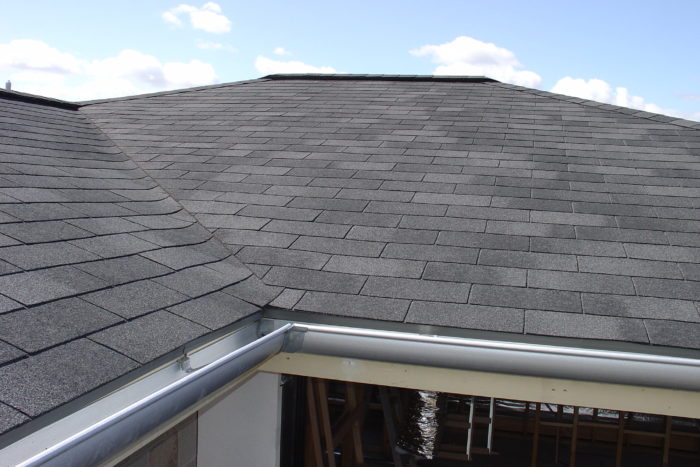What Is The Difference Between Industrial And Commercial And Residential?

Industrial, commercial, and residential refer to different types of property uses; industrial for manufacturing and production, commercial for business activities, and residential for housing and living spaces.
Purpose and Characteristics of Industrial, Commercial, and Residential
Industrial Buildings
are used for manufacturing, processing, or storing goods and materials. They house heavy machinery, equipment, and production lines.
Characteristics:
- Large open floor spaces
- High ceilings to accommodate machinery and storage.
- Flat roofs for practical reasons such as equipment installation and maintenance.
- Often located in industrial zones away from residential areas due to noise, pollution, and traffic considerations.
Commercial Buildings
are used for conducting business activities and offering goods, services, or office spaces.
Characteristics:
- Varied floor layouts depending on the specific business needs (e.g., retail space, office space, restaurants).
- Storefronts, offices, or service areas accessible to the public.
- May have features like large windows for display, signage, and customer access.
- Parking facilities to accommodate customers and employees.
- Can be located in central business districts, shopping centers, or mixed-use developments.
Residential Buildings
are designed for people to live in, providing housing and living spaces.
Characteristics:
- Multiple units or individual dwellings for families or individuals.
- Living spaces such as bedrooms, bathrooms, kitchens, and common areas.
- Various architectural styles range from single-family homes to apartment complexes to condominiums.
- Amenities like gardens, playgrounds, or community centers in residential developments.
- Often located in residential neighborhoods or suburbs, away from industrial and commercial areas for a quieter and more residential atmosphere.





Leave a Comment